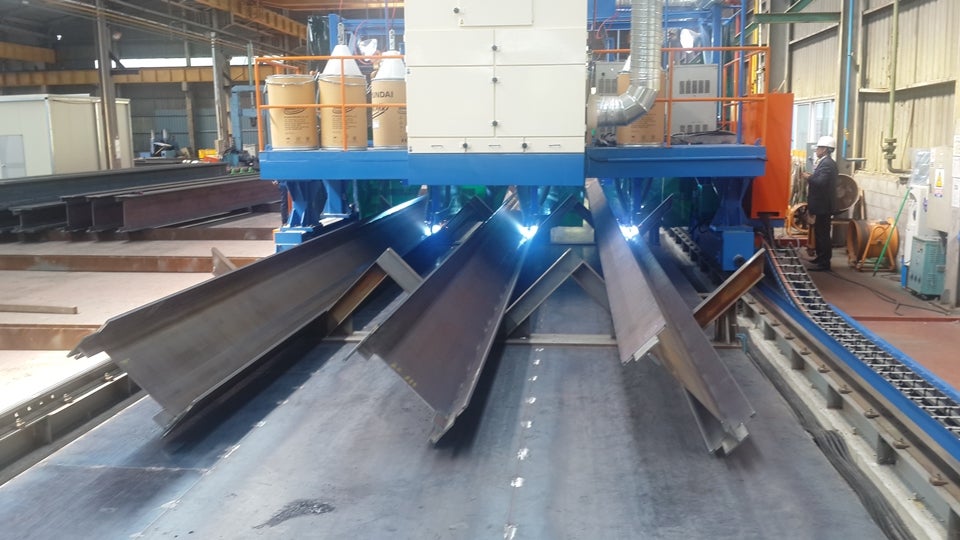
Brazil’s Vale and South Korea’s steel firm POSCO have joined forces to develop solutions that will decrease CO₂ emissions in steel production.
The firms have signed a memorandum of understanding (MoU) in this regard, agreeing to work alongside to reduce fossil fuel consumption using Vale’s offerings.
These offerings include high-grade iron ore products such as pellets, fines and briquettes.
This move is expected to help realise Vale’s 2035 target set for reducing 15% of net Scope 3 emissions and POSCO’s aim to become carbon neutral for integrated steel production by 2050.
Vale iron ore executive vice-president Marcello Spinelli said: “The decarbonisation pathway definition will be critical to set how the industry will meet Paris Agreement’s targets and deliver an important legacy to society and our planet.
“Vale is well-positioned to lead the industry with our high-quality and world-class portfolio and with innovative technologies.”
POSCO steel business unit head Hagdong Kim highlighted that Vale and POSCO have set a 2050 target to reach the carbon net-zero objective.
By 2030, Vale has pledged to cut its absolute Scope 1 and 2 emissions by 33%.
In addition, POSCO intends to reduce greenhouse gas emissions by 20% by 2030, 50% by 2040, and become carbon neutral by 2050.
Last month, Australian mining firm BHP and POSCO agreed to jointly explore technologies to reduce greenhouse gas emissions in integrated steelmaking.
The pair will conduct pilot and plant trials, exploring ways to optimise coke quality, and evaluating options for carbon capture storage and utilisation.


